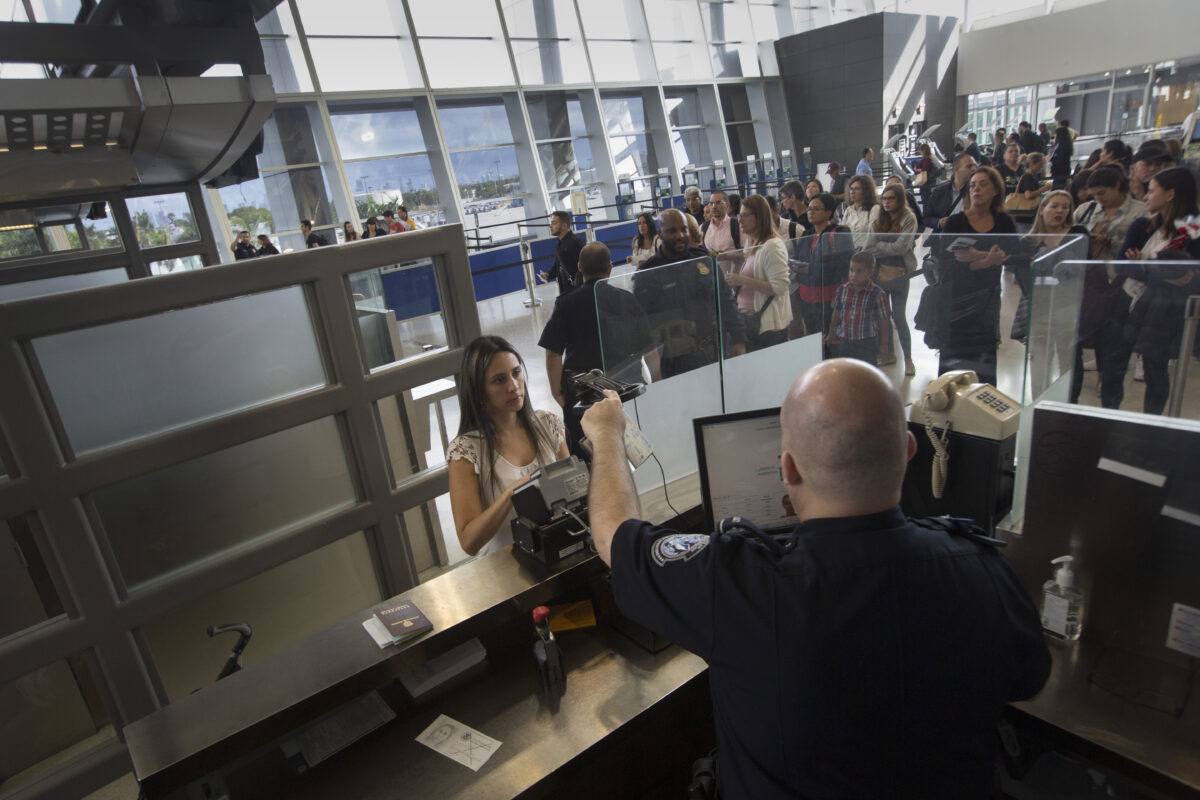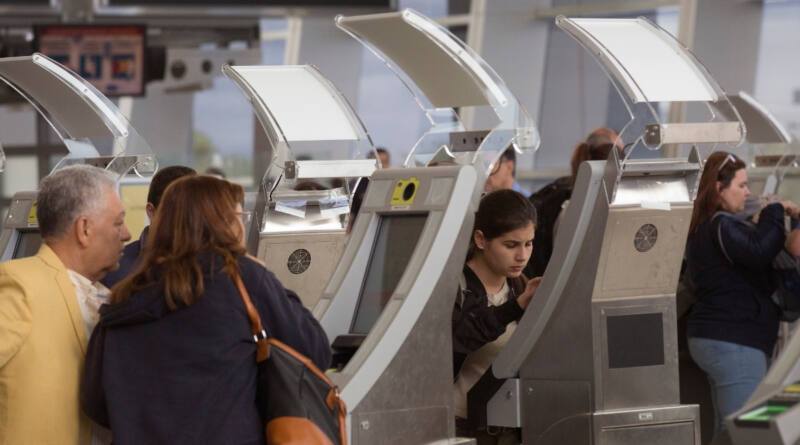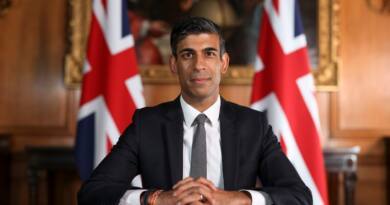A Better Offer: Stop Rescreening Indians At US Airports
Security officials from the US and India are reportedly in talks to potentially reach an agreement that could eliminate the need for passengers to undergo rescreening. This potential agreement seeks to simplify the travel process and improve efficiency for both nations.
At the India-US Aviation Summit, David Pekoske, Administrator of the US Transportation Security Administration (USTSA), shared his positive outlook on the potential for implementing a one-stop security concept between the two countries.
India and the US transport security body are currently in talks to establish a comprehensive agreement that would do away with the need for passengers to undergo rescreening.
The US transport security body has recently approached India with a proposal for a ground-breaking “one-stop agreement” in an effort to enhance global aviation security standards. In an effort to make travel more efficient and enhance security, this agreement seeks to eliminate the requirement for passengers to go through rescreening.
David Pekoske, Administrator of the US Transportation Security Administration (USTSA), expressed optimism about the feasibility of implementing the one-stop security concept between India and the United States during the India-US Aviation Summit.
“The achievement of one-stop security appears to be a realistic and attainable objective for India and the United States,” he remarked.
Pekoske clarified that by removing pointless security checks at transfer points, the concept aims to improve the efficiency of passenger and baggage movement.
Passengers who arrive at an airport in a foreign country and have a connecting domestic flight will no longer need to go through security screening again, as stated in the agreement. In addition, they will seamlessly transfer their checked bags from one aircraft to another.
Pekoske expressed his admiration for the concept, describing it as “truly impactful” and highlighting its potential to elevate security standards in global aviation.
“Security measures for flights arriving in the United States have seen notable enhancements.” If US screening measures align with Indian requirements in a potential agreement, it could result in improved security for flights to India. “It is crucial to have a regular exchange of information,” he emphasised.
“In order to maintain the agreement, it is imperative to implement necessary improvements to the security processes.” “By optimising resource allocation, minimising flight connection times and missed connections, and enhancing the overall passenger experience, it leads to a decrease in security expenses,” he stated.
Pekoske proposed that it could be advantageous for the two nations to consider signing a memorandum of agreement to streamline the exchange of sensitive security information.
“There is a specific type of information that, although not officially classified, requires increased protection due to its sensitivity,” he explained.
He emphasised the importance of sharing sensitive security information to build a strong partnership. He stressed the significance of having a comprehensive memorandum of agreement that addresses all relevant aspects in order to facilitate a seamless sharing arrangement.
Tragic events led to the creation of both the TSA and India’s transportation security posture.
The devastating bombing of Air India ‘Kanishka’ Flight 182 in 1985 struck India, leaving a lasting impact. However, it was the 9/11 attacks in 2001 that became a defining moment for the TSA.
He declared, “We cannot deny the lasting impact of these tragic events on our perception of transportation security.”
At the summit, Michael Whitaker, the US Federal Aviation Administrator, highlighted the significance of cooperation between India and the United States in tackling aviation safety issues.
The speaker emphasized the importance of data sharing between the two nations in order to improve sector risk identification and mitigation. He underscored the collaborative aspect of safety.
“The national aviation systems of the United States and India are intricately connected, creating a cohesive global network,” he declared. The speaker highlighted the close proximity of the two nations’ airspaces, the interdependence of their supply chains, and the global services that promote economic and social ties among their people.
Effective collaboration is essential to tackling safety concerns. “We must prioritise the exchange of ideas and innovations, especially when it comes to safely integrating new technologies into our airspace,” he emphasised.
Emphasising the contrasting systems of the two countries, he underscored the significance of collaboration for exchanging valuable insights and knowledge. “Collaboration to enhance safety is of utmost importance, not just within our own nations but also on a global scale,” he emphasised.
“This suggests the process of sharing information.” “It is crucial to share information in order to improve our capacity to detect and tackle potential risks before they escalate into accidents or undermine the safety measures in our system,” he emphasised.
In the early days of aviation, accidents were unfortunately quite common. According to the speaker, these incidents occur almost every year, prompting safety regulators to make improvements in order to improve the system’s safety.
“Over the past few decades, there has been a noticeable change in the prevailing trend, as accidents have become less frequent and universally regarded as unacceptable,” Whitaker declared.
“Our goal is to improve safety to a greater extent, requiring a proactive examination of data to uncover possible risks of failure and implement measures to prevent them from happening,” he declared.
Underscoring the significant demand across various job categories in the aviation industry, he stressed the importance of regulators tackling emerging concerns related to the supervision of these activities.
“Finding a delicate equilibrium between prioritising safety and fostering adaptability is of utmost importance when it comes to regulating these up-and-coming participants.” “As the government, we must find ways to keep up with their rapid pace of operation,” he stated.
He emphasised the importance of addressing the gap, thoroughly analysing the associated risks, and seamlessly integrating technology into the airspace.
The perception of safety and risk in the US system has evolved considerably over the years. According to his confident statement, as aviation becomes more accessible, there is a rising demand for the system to prioritise safety.






Your writing has a way of resonating with me on a deep level. I appreciate the honesty and authenticity you bring to every post. Thank you for sharing your journey with us.
Its like you read my mind You appear to know so much about this like you wrote the book in it or something I think that you can do with a few pics to drive the message home a little bit but other than that this is fantastic blog A great read Ill certainly be back
Wonderful web site Lots of useful info here Im sending it to a few friends ans additionally sharing in delicious And obviously thanks to your effort